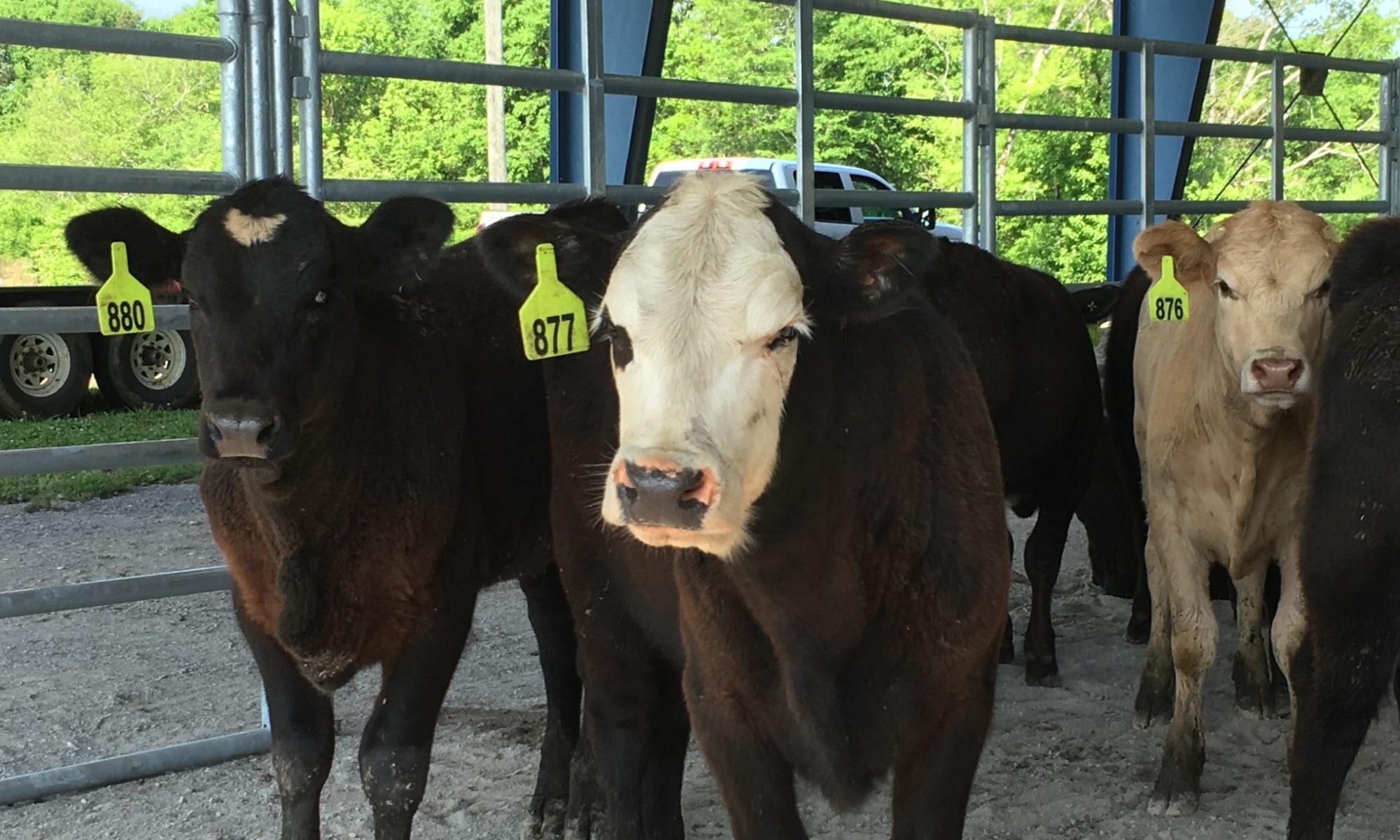
Agriculture and Natural Resources
The title of this article is not meant to be distasteful, but it is meant to catch a person’s attention and highlight the purpose of this article. And no, the beef industry is not killing elephants! However, the beef industry live slaughter weight is averaging more than 1,400 pounds, which is about 10 percent of the size of a mature elephant. As the industry works through the lowest beef cattle inventory since 1951, beef industry participants have combatted the lower number of cattle by growing them larger in the feedlot. This article will outline how cattle slaughter weights have changed over time as well as how beef production has changed over the years. Hopefully, this information will balance some of the storyline of a smaller beef cattle herd.
To begin, the weekly average live weight for slaughtered cattle at the time of this writing was 1,414 pounds, which is 21 pounds heavier than the same week one year ago and 58 pounds heavier than the same week in 2023. Thus, slaughter weights have increased 4.3 percent in two years. This compares to cattle weights of 1,335 pounds in 2014 when cattle prices were at record levels up to that point. Thus, it is clear cattle feeders have really been pushing cattle to heavier weights the past couple of years. This may be enough information to put cattle weights in perspective, but more historical weights may drive the message home. For instance, the average slaughter cattle weight the same week in the year 2000 was 1,228 pounds, which is approaching 200 pounds lighter than today.
The increasing weights in and of themselves may not hit the mark as it fails to put it into full perspective. However, if a person were to consider the quantity of cattle being slaughtered on a weekly basis is in excess of 500,000 head. This means there was more than 10 million more pounds of live weight as it relates to the week we are considering in 2025 compared to the same week in 2024 and closer to 30 million pounds more than the same week in 2023. This provides a little more perspective, but it does not get down to the brass tacks of it. This means it does not take as many cattle to produce the same quantity of beef.
Maybe the easiest thing to do is simply discuss beef production. Total domestic beef production in 2025 is estimated to be 26.4 billion pounds. This compares to 27.1 billion pounds of beef production in both 2023 and 2024. Despite reduced cattle slaughter rates in 2025, the increased weight of cattle is staving off large production declines. Again, to place these values in more of a historical context, fewer cattle today are producing more beef than in 2014 when beef production was 24.3 billion pounds.
Despite this plethora of information, it still does not fully address why beef prices and cattle prices are so strong. One would also need to consider beef imports and exports, the quantity of domestic and international beef consumers, and beef demand in general. All of these factors influence, beef and cattle prices. The point is that cattle inventory is not the only variable in this equation as beef markets are extremely dynamic.
Since this article has focused on the supply side, it is important to make some observational comments. The first is that the market cannot grow cattle to be the size of elephants anytime soon. The industry may be able to add more pounds to a carcass, but both production and marketing challenges will be faced if animal weights continue to increase. Second, the cattle industry does not need as many cattle as it had some certain number of years ago. The quantity of cattle is important, but it is not the end all and be all. Lastly, cattle producers will grow the herd when profitability is sufficient to do so. The market is probably there, but how quickly will the industry retain females to grow the herd?
One last thought is that this is not a difficult concept. If it were a challenging concept to understand then this author would probably be doing something else for a living. A little bit of critical thinking to go along with data can be revealing.